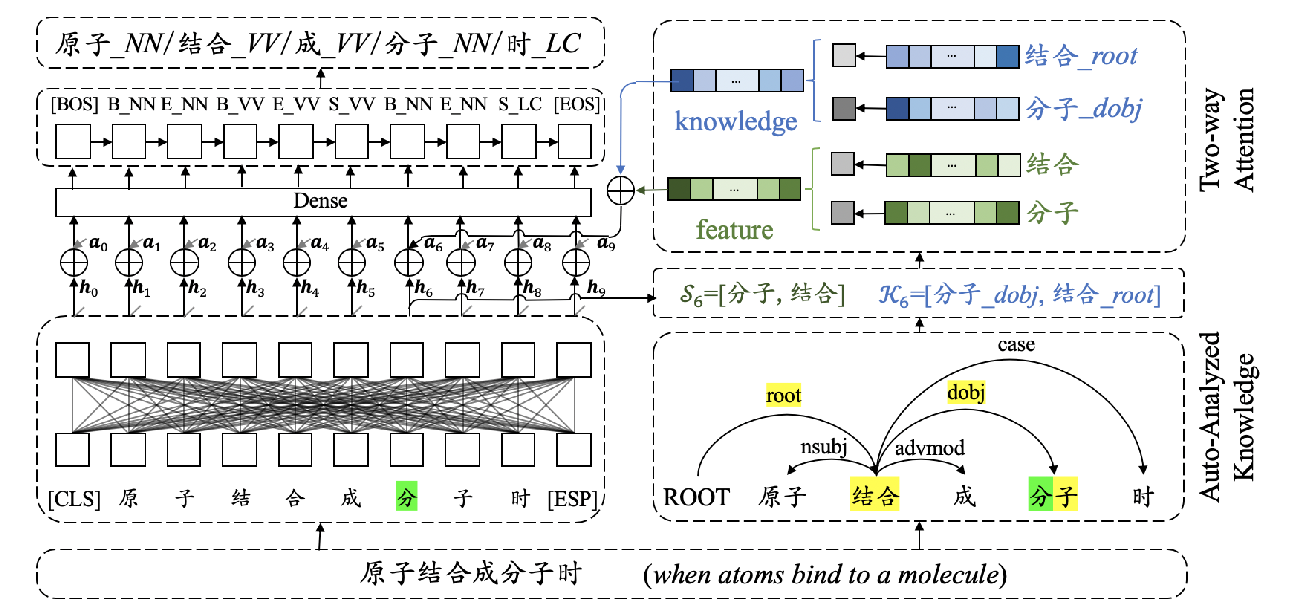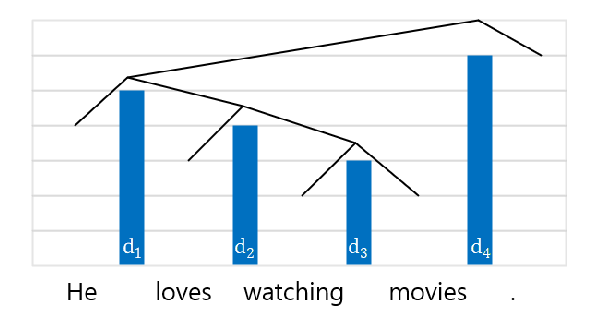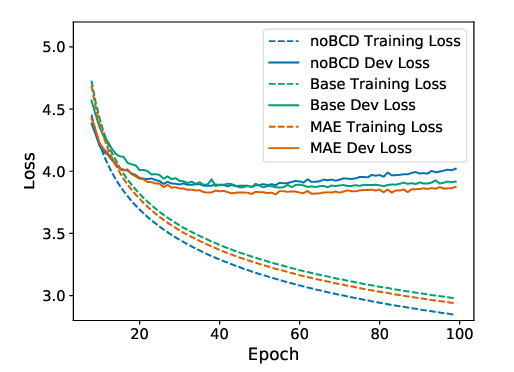Extracting Headless MWEs from Dependency Parse Trees: Parsing, Tagging, and Joint Modeling Approaches
Tianze Shi, Lillian Lee
Syntax: Tagging, Chunking and Parsing Long Paper
Session 14B: Jul 8
(18:00-19:00 GMT)

Session 15B: Jul 8
(21:00-22:00 GMT)

Abstract:
An interesting and frequent type of multi-word expression (MWE) is the headless MWE, for which there are no true internal syntactic dominance relations; examples include many named entities (“Wells Fargo”) and dates (“July 5, 2020”) as well as certain productive constructions (“blow for blow”, “day after day”). Despite their special status and prevalence, current dependency-annotation schemes require treating such flat structures as if they had internal syntactic heads, and most current parsers handle them in the same fashion as headed constructions. Meanwhile, outside the context of parsing, taggers are typically used for identifying MWEs, but taggers might benefit from structural information. We empirically compare these two common strategies—parsing and tagging—for predicting flat MWEs. Additionally, we propose an efficient joint decoding algorithm that combines scores from both strategies. Experimental results on the MWE-Aware English Dependency Corpus and on six non-English dependency treebanks with frequent flat structures show that: (1) tagging is more accurate than parsing for identifying flat-structure MWEs, (2) our joint decoder reconciles the two different views and, for non-BERT features, leads to higher accuracies, and (3) most of the gains result from feature sharing between the parsers and taggers.
You can open the
pre-recorded video
in a separate window.
NOTE: The SlidesLive video may display a random order of the authors.
The correct author list is shown at the top of this webpage.
Similar Papers
Joint Chinese Word Segmentation and Part-of-speech Tagging via Two-way Attentions of Auto-analyzed Knowledge
Yuanhe Tian, Yan Song, Xiang Ao, Fei Xia, Xiaojun Quan, Tong Zhang, Yonggang Wang,

Exploiting Syntactic Structure for Better Language Modeling: A Syntactic Distance Approach
Wenyu Du, Zhouhan Lin, Yikang Shen, Timothy J. O'Donnell, Yoshua Bengio, Yue Zhang,

Verbal Multiword Expressions for Identification of Metaphor
Omid Rohanian, Marek Rei, Shiva Taslimipoor, Le An Ha,

